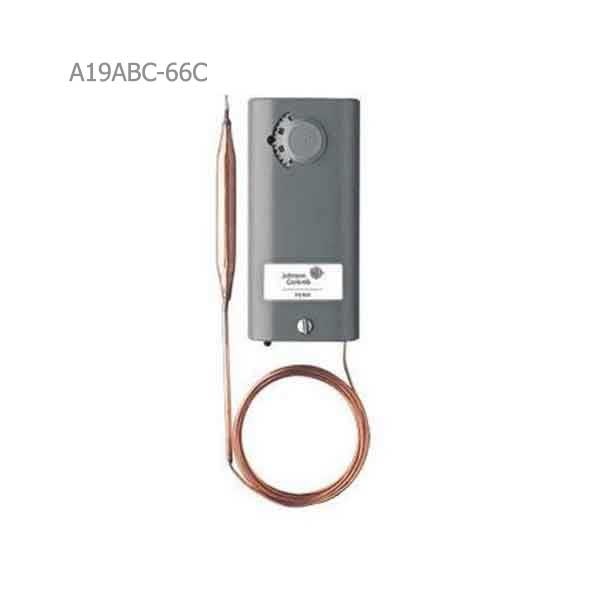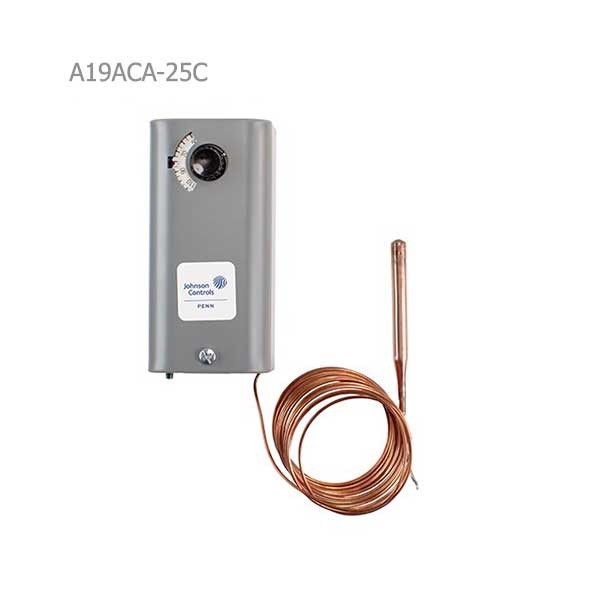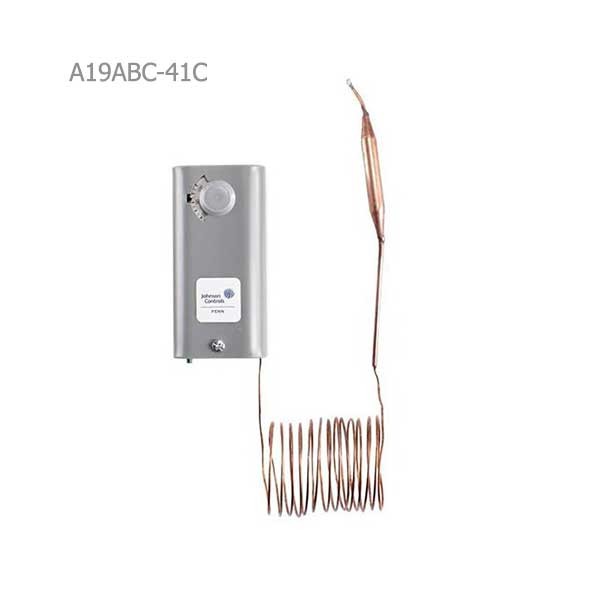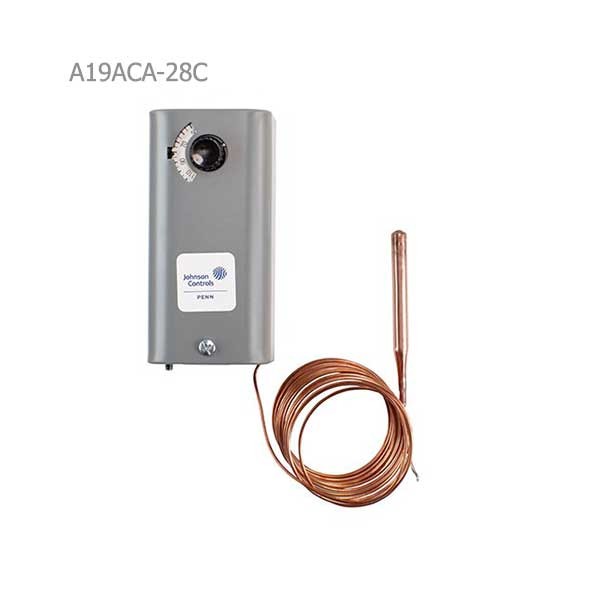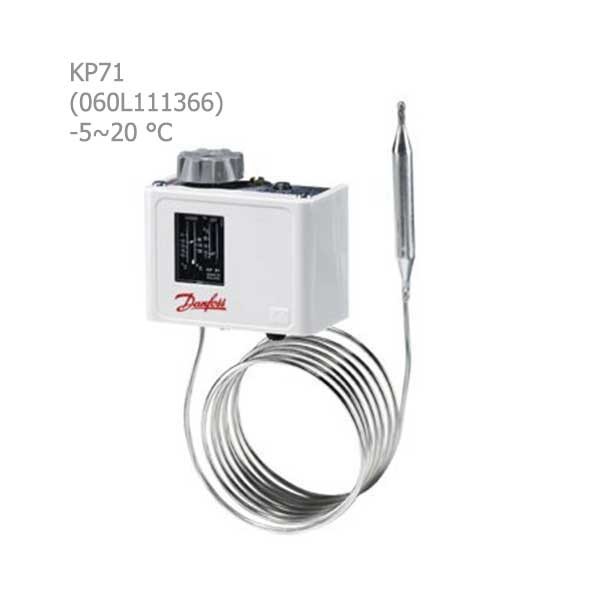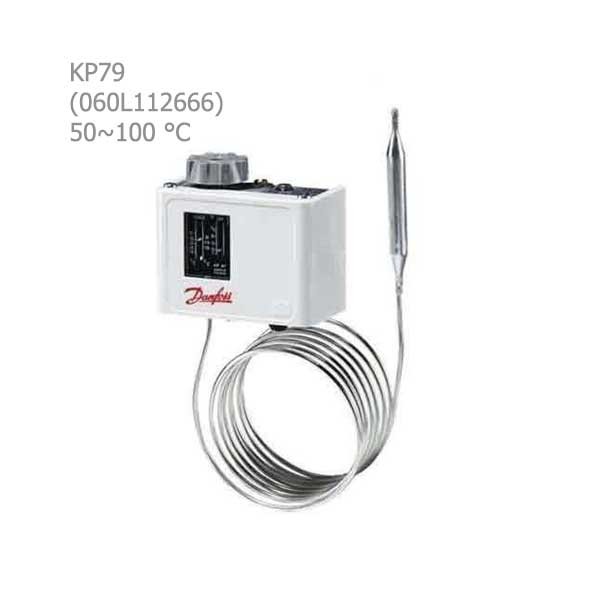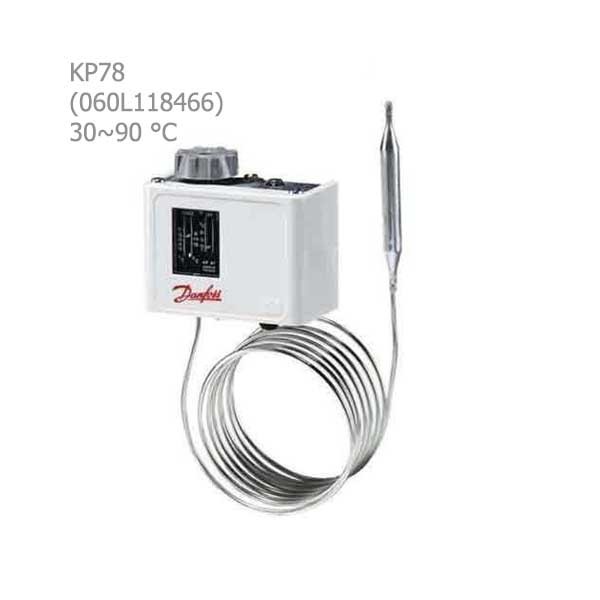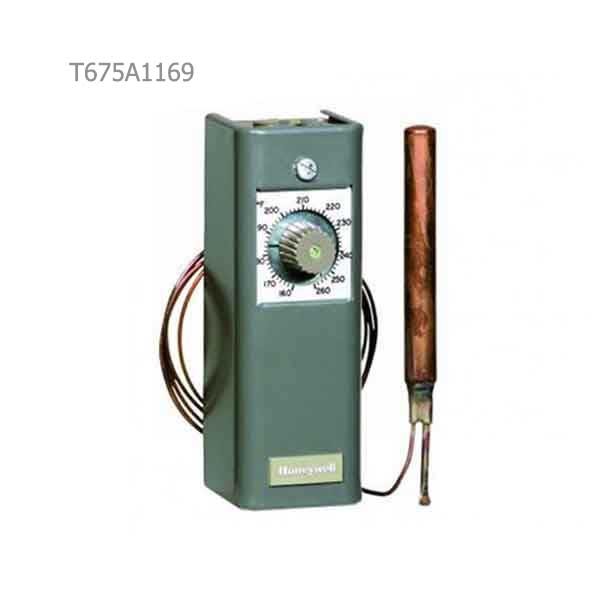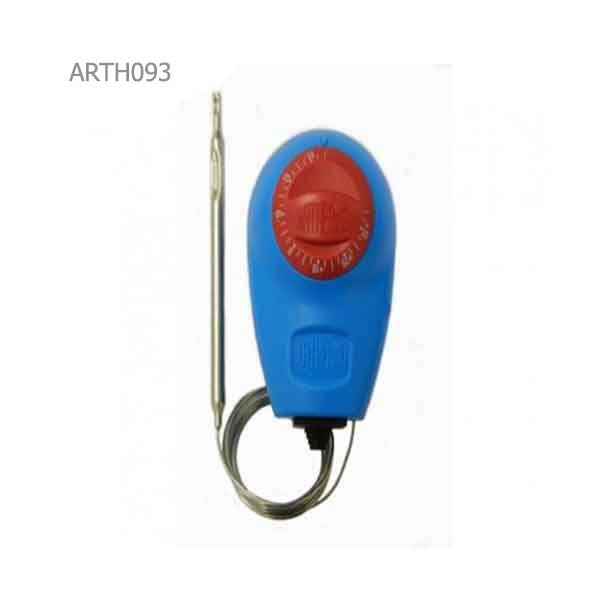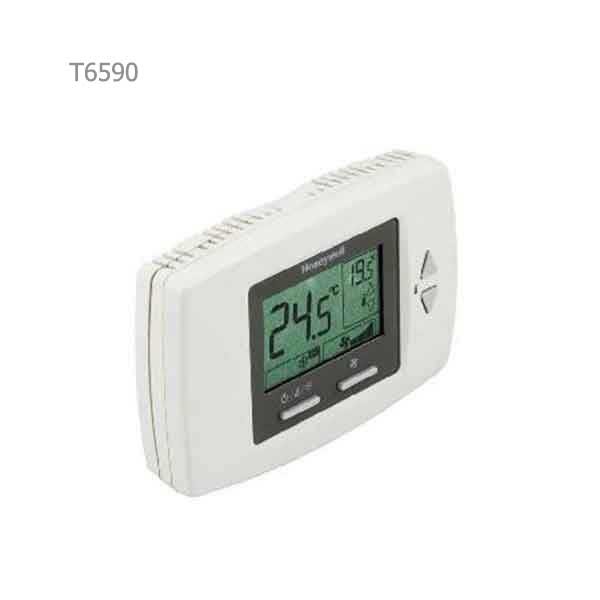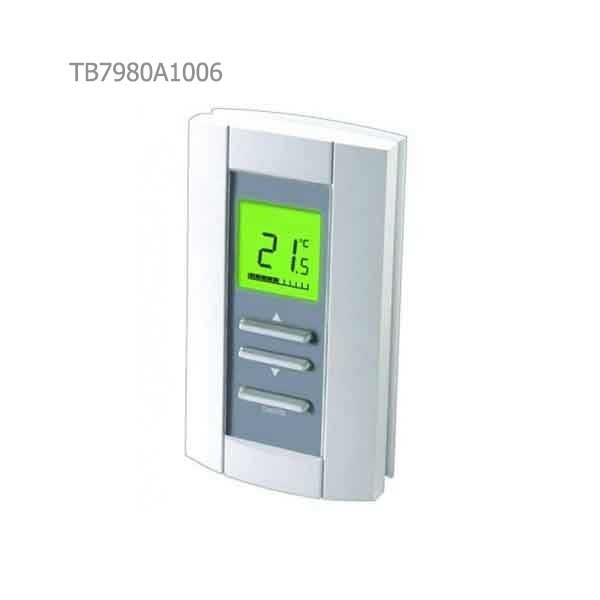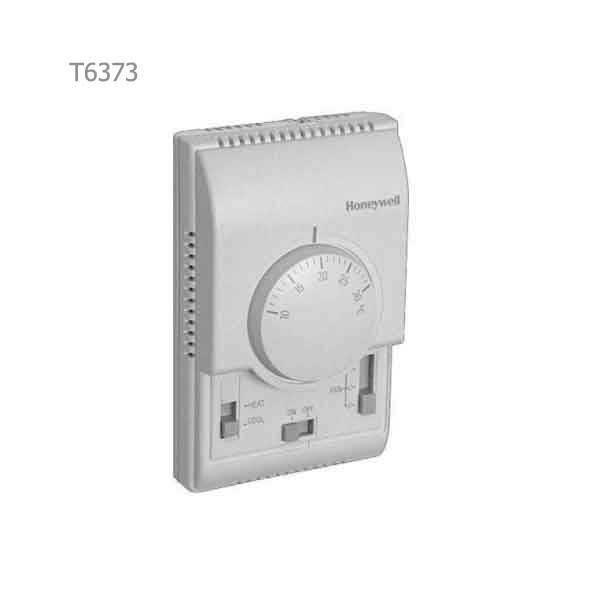Thermostat
As you know, the main prerequisite for doing anything is to have proper information about that subject. In order to choose, review the prices, buy and know more about thermostats, the following contents are included so that you, dear visitors of the specialized website of Damatajhiz, can use these information to choose and buy a room thermostat, a fan coil thermostat or a digital, channel, submersible, wall and industrial thermostat from Honeywell, Danfoss, Marsus, Kam, Tekban, Klimast, etc. brands in bulk.
Expert Selecting Guide and Price List of Thermostat
In general, a thermostat is a device to control the temperature in a space. For example, when the room temperature is lower than the range specified in the thermostat, the thermostat turns on the heating system, and the room temperature is heated. Still, when the air temperature in the room rises above the range specified in the thermostat, the thermostat cuts off the heating system. Join us in introducing and checking the performance of different thermostats in the rest of this article (for wholesale purchase).
Thermostat installment purchase
For your convenience, dear customers, Dammatehez Group has provided the possibility of installment sales. You can refer to the installment purchase page to purchase the thermostat in installments.
The difference between a thermostat and a thermometer
Thermometers only show the temperature of the environment. Still, thermostats, by turning off or on the fan of the heating or cooling source installed in the place (such as fan coils, air conditioners, unit heaters, air conditioners, etc.), adjust the temperature of the environment according to the set temperature of the thermostat. adjust
Essential points in choosing a thermostat
- temperature range
- type of action
- Installation location
- season of the year
- Sensor type - sensor length
- The number of work steps
- suffering
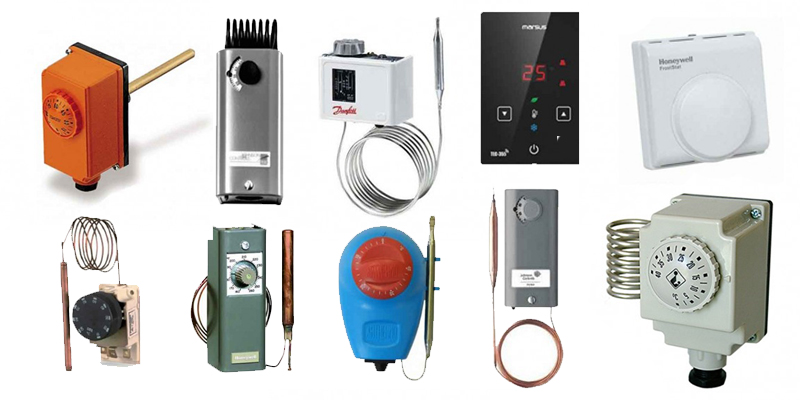
Thermostats work in both electronic and electromechanical ways.
Electronic thermostat
In the electronic thermostat, the thermostat sensor measures the temperature, sends them off or on command to a small relay, and the command to disconnect or connect the electric current to the thermostat is issued.
Electromechanical thermostat
In the electromechanical thermostat, the sensor measures the temperature. Then it sends it to the microswitch through the mechanical interface, and the order to disconnect or connect the electric current to the thermostat is issued.
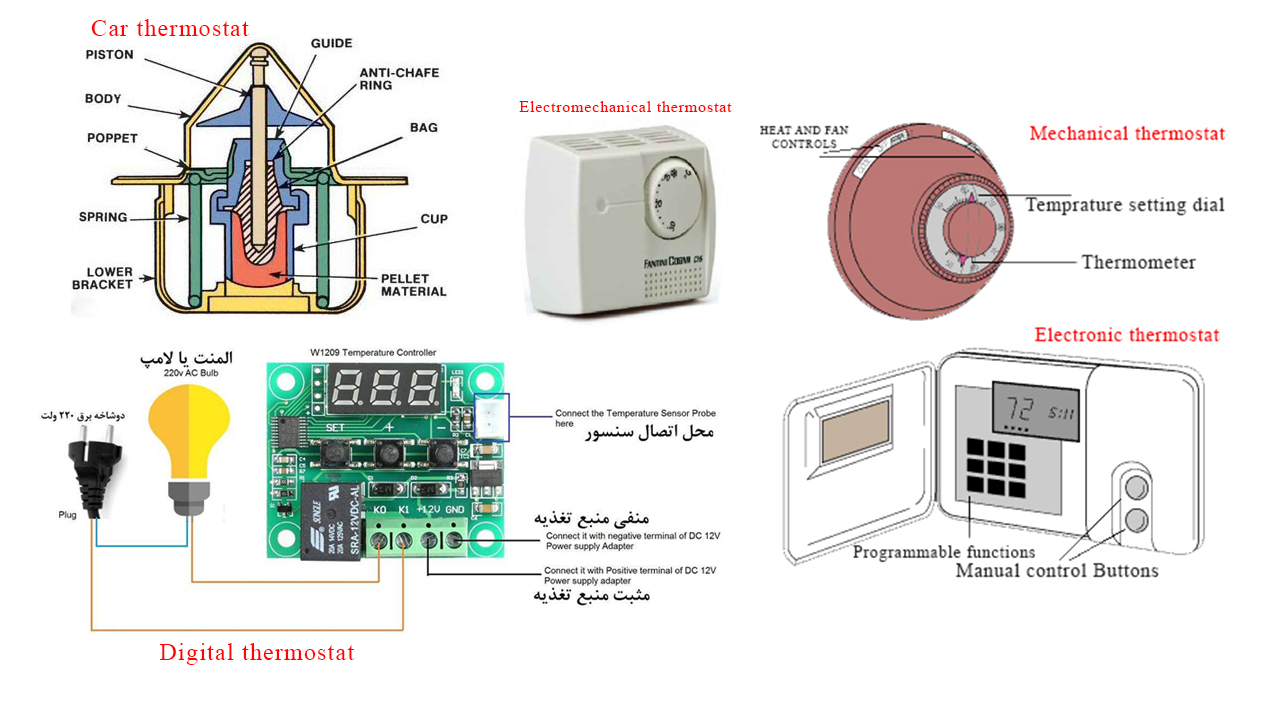
Types of thermostats in terms of heat
- Refrigeration thermostat
- Thermal thermostat
Types of thermostats according to the type of function
- Gradual thermostat
- Fixed thermostat
- Plug-in thermostat
Types of thermostats in terms of installation location
- Room thermostat
- Channel thermostat
- Wall thermostat
- Immersed thermostat
Types of thermostats according to the season
- Two-season thermostat
- Summer thermostat
- Winter thermostat
Types of thermostats in terms of sensor type
- Bimetal thermostat
- Lantern thermostat
- Rheostat thermostat
- Diaphragm thermostat
Types of thermostats in terms of the number of working steps
- Step thermostat
- Single-stage thermostat
- Two-stage thermostat
Types of thermostats in terms of working range
- above zero
- under zero
Thermostat connection method
The thermostat is widely used due to advantages such as reducing energy consumption, connecting it to the wall, and managing cooling and heating automatically and uniformly, and it is used in various industries.
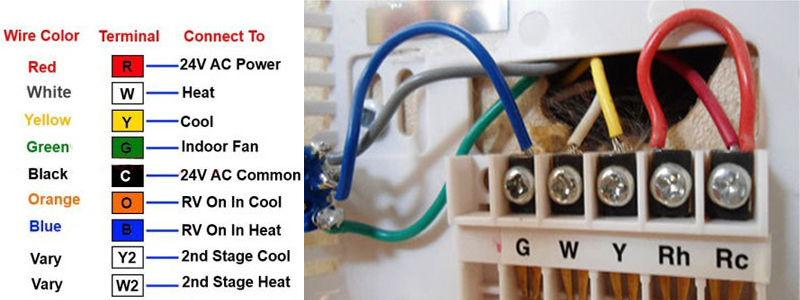
In industry: autoclaves, boilers, greenhouses, greenhouses, furnaces, etc.
In domestic use: electric samovar, electric water heater, electric oven, fryer, gas water heater, dishwasher and washing machine, etc.
In the facilities: heaters, air-conditioning devices such as chillers and fan coils, split ducts, etc.
To better understand the general functioning of thermostats, we will describe the working mechanism of some examples of thermostats.
Bimetal thermostat
This thermostat consists of two metals stuck together, a bimetallic strip or bimetal (the strips are usually made of iron and brass). This strip acts as a switch or bridge in the electrical circuit and is connected to the house's heating system. When this switch or bridge is connected, current passes through it, and heating is established. As a result of heating, the metal strip expands and bends a little, and as a result, the switch is pushed up, and the power is cut off. This way, the heating system is cut off, and the target space cools down. As the metal strip cools down, the strip shrinks and straightens out of the bending state, and as a result, the current is restored, and the heating system starts working.
These two processes of contraction and expansion occur slowly, and the thermostat may operate once per hour. Also, the operating temperature range of the thermostat is adjustable.
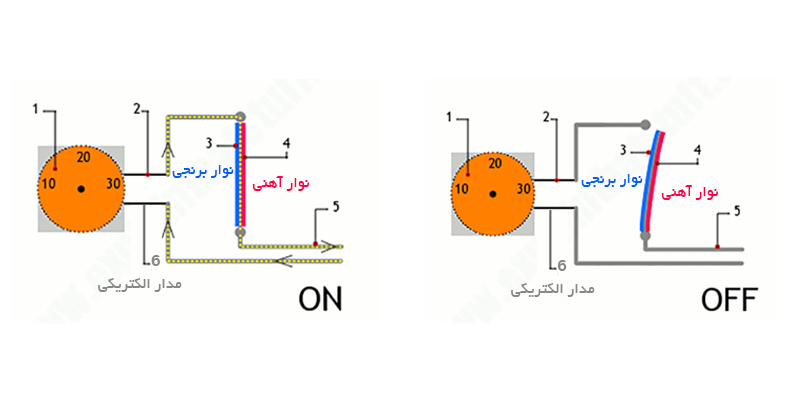
Gas thermostat
As mentioned, the process of contraction and expansion in the bimetal thermostat is slow. Because of this problem, gas thermostats can be used. A gas thermostat has a pair of metal discs, the space between which is filled with gas. These discs are resilient and flexible. As the room heats up, the gas expands between the two disks, and the disks separate and move the micro switch inside the thermostat. As a result, the electric circuit is cut off, and the heating system is turned off. As the temperature decreases, the gas between the two disks contracts, and the disks get closer. As a result, the microswitch issues the command to connect the electric circuit, and the heating system starts working again. Since gas responds faster to heat and cold than metal, these thermostats are considered an excellent alternative to bimetal thermostats.
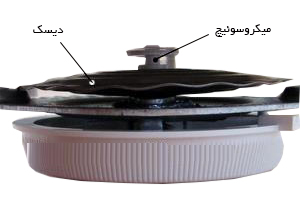
Wax thermostat
In general, thermostats use materials that change shape due to cold and heat to adjust the temperature. Wax thermostats have a wax-shaped part. As the temperature rises, the wax expands and pushes a rod out, causing the heating system to stop, and vice versa; as the temperature drops, the wax shrinks, the rod is pushed in, and the heating system starts working again.
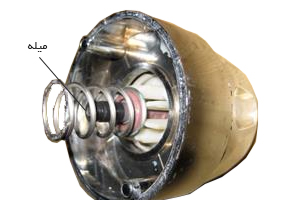
Thermostatic valves
Thermostatic valves are usually used in radiators and use a wax thermostat. When the radiator heats up, the thermostatic wax valve expands and cuts off the flow of water entering the radiator. When the temperature of the water inside the radiator decreases, the wax expands, the valve opens, and the flow of hot water is established.
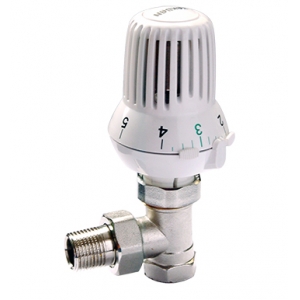
Internet-based smart thermostats
These thermostats can adjust the temperature online and store the temperature of your home or workplace at different hours. They can automatically adjust the temperature according to your taste in the coming days.
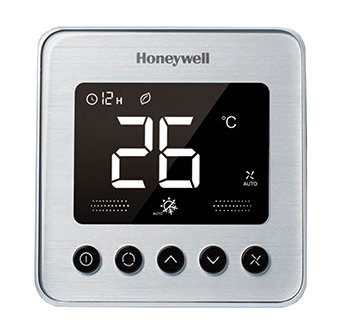
In the thermostat group, a reference site and store (DAMATAJHIZ), information and prices of all types of room, channel, trailing, submerged, etc. thermostats from the brands of Danfoss, Honeywell, Fantini, Marcos Kam, Tekban, etc. Select View.
(DamaTajhiz) in addition to a valid business license from the heating and air conditioning trade union, it has an electronic trust symbol and started operating its store site in 2013 in the head office of Tehran. Order from you, follow up from us.
Head Office: No. 463,Talebian Alley,Taleghani St.Tehran,Iran


DamaTajhiz has provided the opportunity to sell and ship specialized HVAC equipment for applicants in the following countries as the first and the most popular online store for selling HVAC equipment (Heating , Ventilation , Cooling , Air conditioning) in the Middle East : Afghanistan – Tajikistan - Uzbekistan – Turkmenistan – Azerbaijan – Armenia – Georgia – Turkey – Iraq – Syria – Jordan – Kuwait – Emirates – Qatar – Oman.
